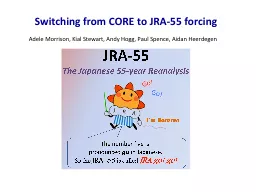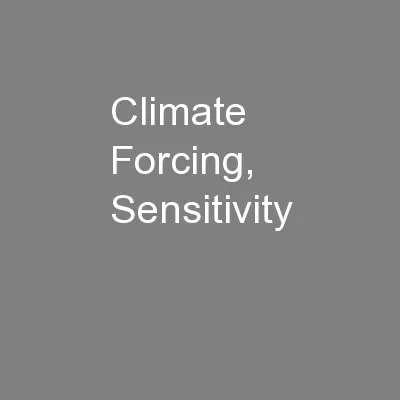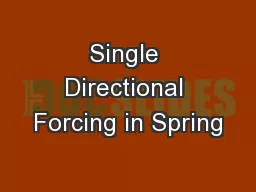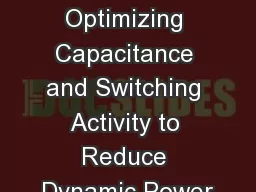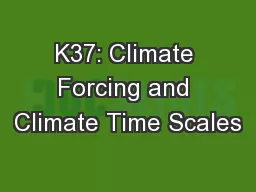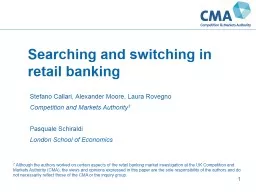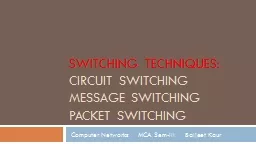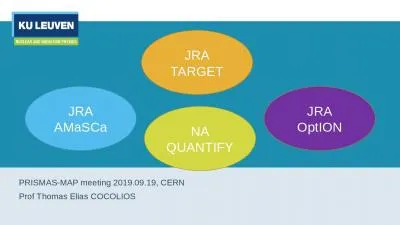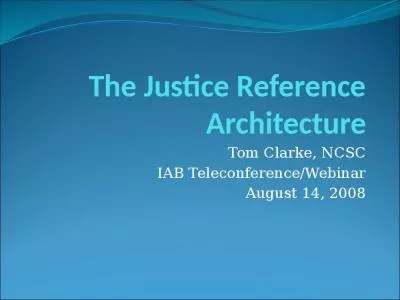PPT-Switching from CORE to JRA-55 forcing
Author : sherrill-nordquist | Published Date : 2018-02-27
Adele Morrison Kial Stewart Andy Hogg Paul Spence Aidan Heerdegen S econd global reanalysis conducted by the Japan Meteorological Agency Utilises fourdimensional
Presentation Embed Code
Download Presentation
Download Presentation The PPT/PDF document "Switching from CORE to JRA-55 forcing" is the property of its rightful owner. Permission is granted to download and print the materials on this website for personal, non-commercial use only, and to display it on your personal computer provided you do not modify the materials and that you retain all copyright notices contained in the materials. By downloading content from our website, you accept the terms of this agreement.
Switching from CORE to JRA-55 forcing: Transcript
Download Rules Of Document
"Switching from CORE to JRA-55 forcing"The content belongs to its owner. You may download and print it for personal use, without modification, and keep all copyright notices. By downloading, you agree to these terms.
Related Documents

